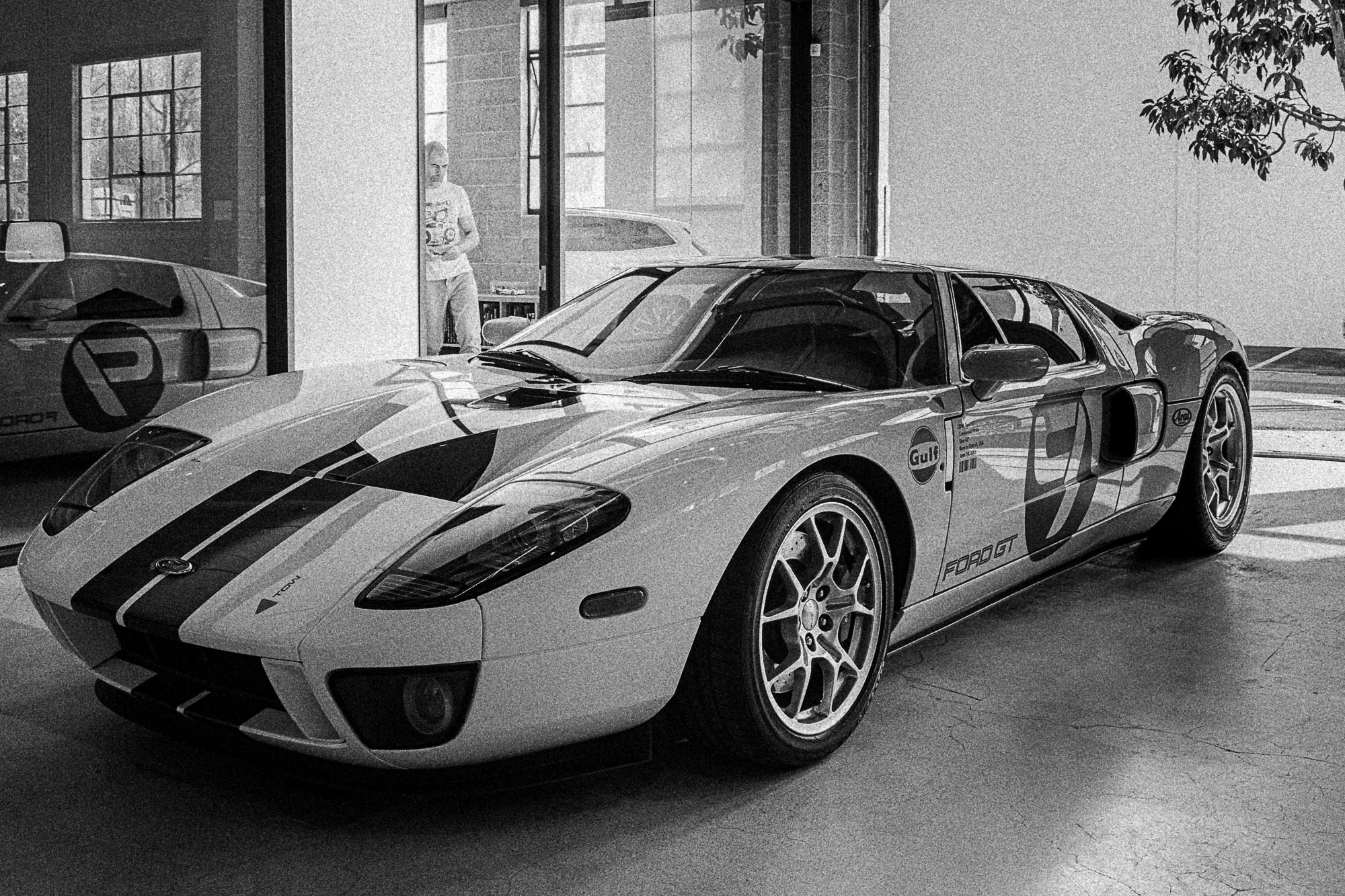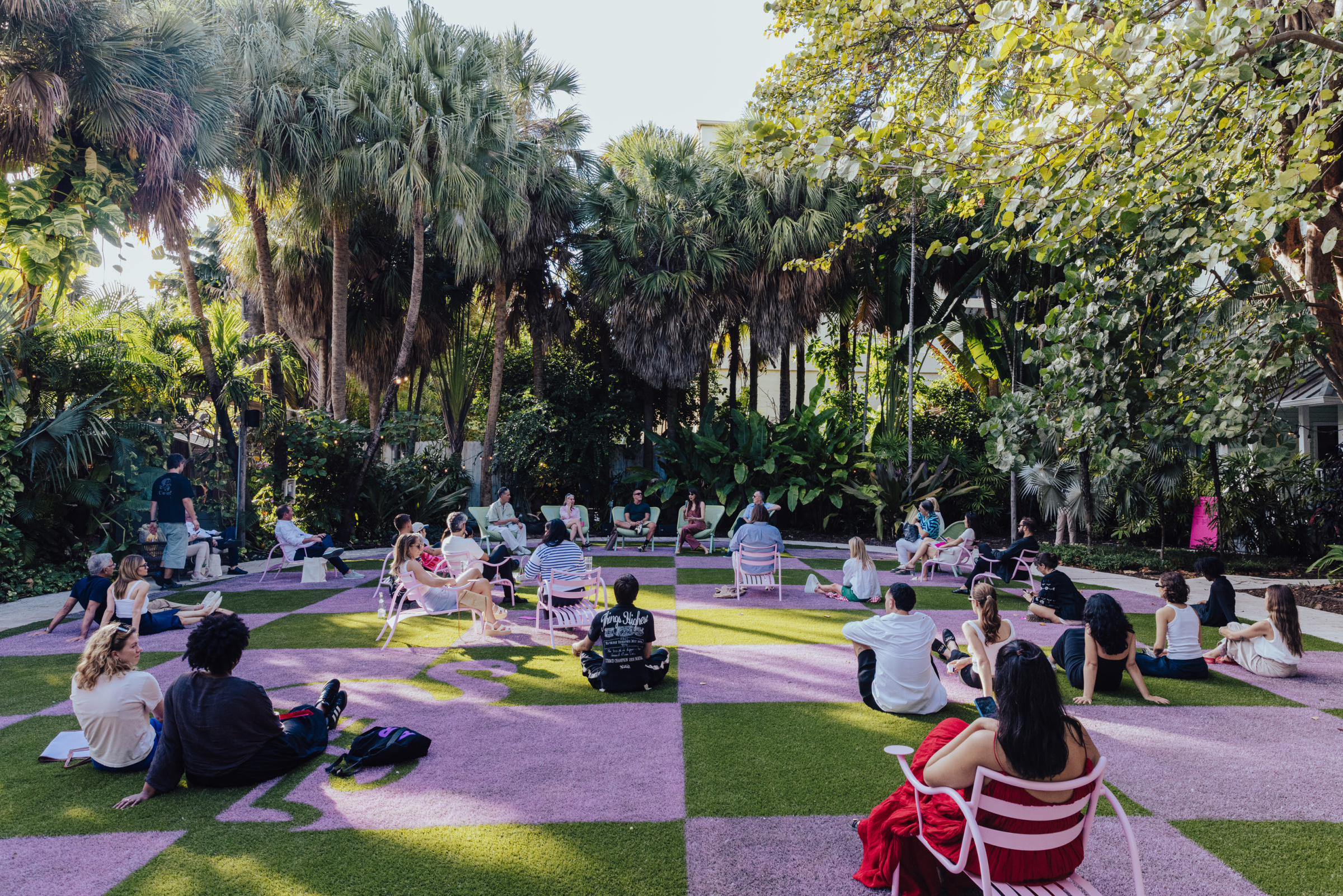My desk faces east toward Lake Michigan.
It would be a stunning view if it weren’t for the half-mile of lofts, college-prep schools, hotels, and mid-rise buildings between here and there. Still, it’s not bad. The desk is a three-piece job, a tabletop built to click into two cabinets. I picked it up used from Craigslist 20-some years ago. Its wooden drawers are now full of useless paperwork and expired registrations to vehicles I no longer own. The desk is in an area of my home I’ve dedicated as a home “office.” I say “office” because it’s also where we store our pet food, cleaning supplies, photography gear, a massive Christmas tree stand I constantly trip over, and a DIY bookshelf crammed full of battery tenders and Yuasa motorcycle batteries. However, it’s no longer my home office; it’s just my office.
I write this now as the world around me crumbles. I’m not much for hyperbole, but the world is truly breaking apart right now. Americans are five or six weeks into a term we regularly use now: “self-isolating.” We are separated. We are surrounded by a torrent of bad news and grim outlooks. Our friends and relatives are passing away. Businesses, careers, incomes, and life savings are vanishing, some never to be recouped. We’ve been told to wait for a one-time payment of $1,200. It’s an era of sudden and severe global chaos and pessimism. And we’re going through this at home.
Nothing I’m writing is news. The entire world is going through this same moment. It feels foolish to remark on it, like an essay on the sunset. Yet here we are. The world is moving on, and the Spring/Summer 2020 magazine was made. This issue was planned before we knew the virus hit the States. Most of it was finalized in quarantine. To say our perspective has changed from planning to execution is an understatement. A day before Chicago placed its stay-at-home order, I frantically tore apart our server and reassembled it, not so charmingly, in the middle of my living room. Our team produced this issue from home. Our conversations were initially focused around what day we might return to the studio, but that changed to what week, and then to what month. Now time is discussed in years—will we be “back” this year or next? And how will we continue?
Creativity is the ability to bring something new in the world, and that’s exactly what we’re all going to need to do—both inside and, eventually, outside of our homes.
Regardless, we wrapped this issue, which I think is pretty damn good, and it’s certainly not our last. When we finished I was faced with the same questions I always am at this point in the process. “What did or didn’t work in this issue? What will we do better next time?” Once we get the advance print copies back from our printer, we typically hold a half-day “postmortem” to discuss those two questions as a team. The meeting always runs long. It’s frustrating in a way, but it also shows how much our team cares about this magazine and the optimism they have in its potential. I feel like we’re going to need to do that again, but for the entire world: “OK, what did or didn’t work in the pre-virus world? What will we do better in this next post-virus world?” The world’s workforce, and those who lead it, are going to have to gather around one massive global conference table to ask, and eventually answer, some tough questions. After all, why should we sink back into the world as it was?
I believe change is possible, and we will all have an important role to play in making it happen. Creativity is the ability to bring something new in the world, and that’s exactly what we’re all going to need to do—both inside and, eventually, outside of our homes.
Chris Force is the editor-in-chief of Sixtysix.



